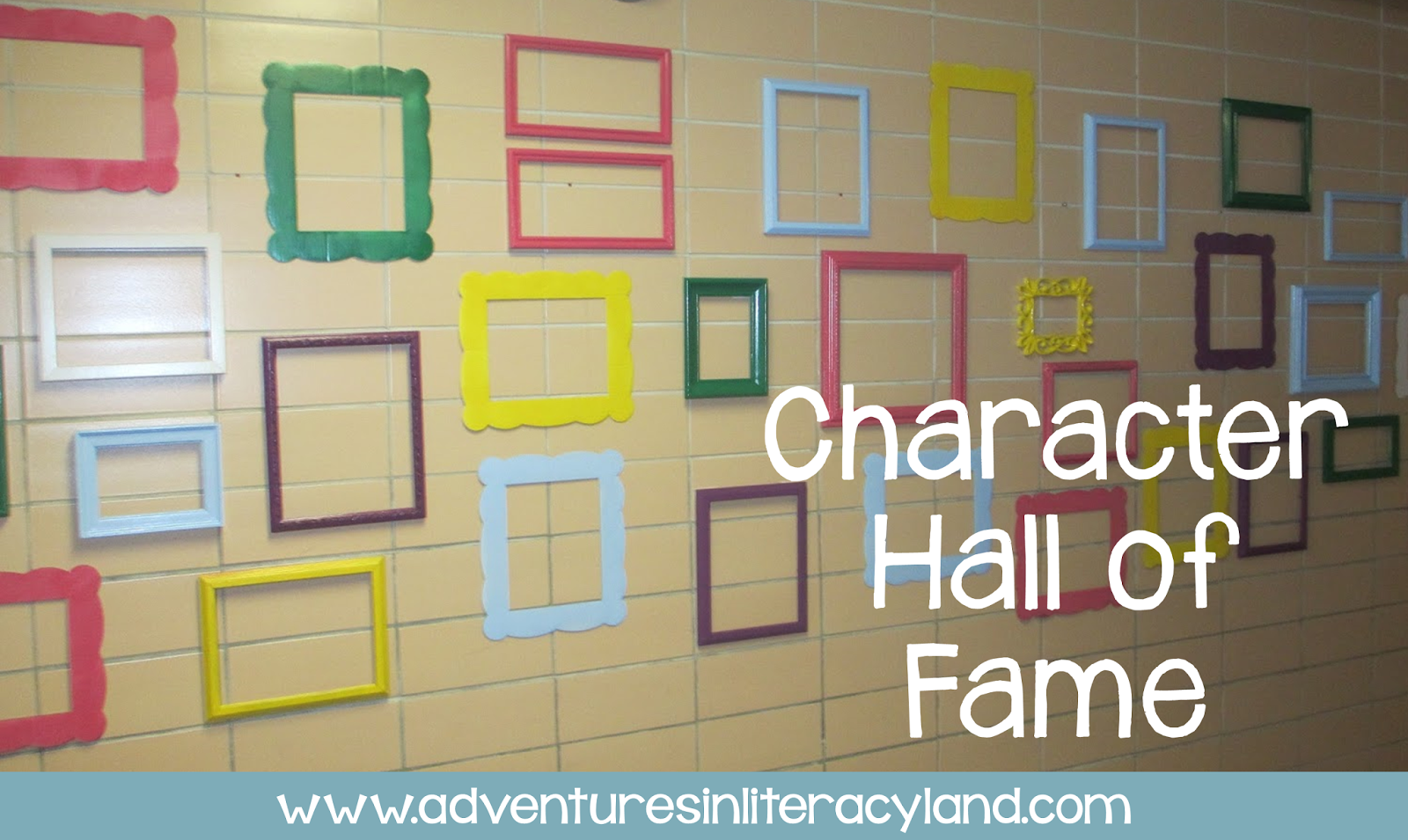SOMEBODY...
Another Reading Comprehension strategy that can be used in all primary classrooms is Summarizing. Too often students think summarizing is retelling. In order to get a quick summary you need to get to the heart of the story.The easiest technique for early readers is SOMEBODY…WANTED… BUT… SO… AND technique. I would be happy to credit to the one who thought of this technique…because it is genius! The problem with credit is I’ve seen it in so many places, I’m not sure who came up with this originally. That being said, it’s a keeper!
WANTED...
I first used this technique with my kindergarten class. We were addicted to Magic Tree House Books (that’s another post for another day) and we started practicing our summarizing after each chapter. I made a poster with the 5 words on it as a reminder. We did not write down the summaries…we only practiced the summaries orally. This year, I taught my first and second grade students to summarize using this technique. We made a poster as an anchor chart using their words. Getting them to define the word will give them ownership and increase understanding.BUT...
We started with a whole group S...W...B...S...A. After reading a short story, we used the chart to fill in the blanks and write a summary sentence. This can be broken into more sentences, as the summaries are more complex.
SO...
AND...
We also talked about how we could use it for our longer books. After reading “The Magic Bike” from Reading A-Z and we wrote a longer summary. We started with an introduction sentence. Then, wrote the beginning of the summary using Somebody…Wanted…But…So…And. Realizing this didn’t quite tell the story, we had to add another But…So…And to finish the story summary. Sometimes, you will see SOMEBODY... WANTED... BUT... SO...AND...THEN... SO... FINALLY. These are all good options, depending on the story.DON'T FORGET...
The SWBSA Paint Chip Summary Bookmarks from an earlier post about paint chips.For a FREEBIE Summarizing Set, click the link.
Feel Free to Pin this Post for later:

















